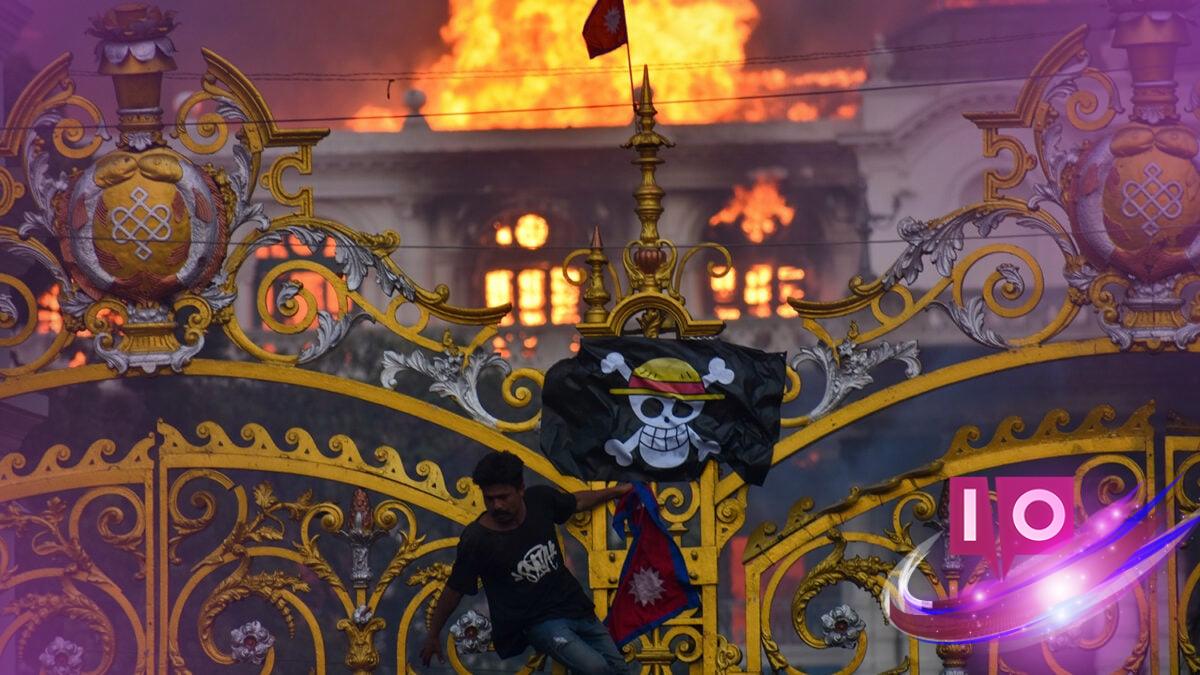When someone suggests that today’s youth are disengaged from politics, point them to Nepal. Recent events in this vibrant South Asian nation illustrate a remarkable level of engagement among the younger generation. They successfully mobilized to overthrow a government that attempted to ban key social media platforms, using Discord as a virtual meeting space to elect a new interim prime minister.
Just last week, protests primarily led by students surged onto the streets of Nepal in response to Prime Minister KP Sharma Oli’s controversial decision to ban major social media platforms like Facebook, Instagram, WhatsApp, YouTube, and Twitter. The government claimed this move was necessary; the absence of registered liaisons from these companies prevented them from hearing the government’s concerns. Still, many citizens suspect the crackdown was influenced by the increasing social media discourse criticizing the administration. This discontent was particularly inflamed by campaigns like the “Nepo Kid” movement, which highlighted corruption through the extravagant lifestyles of elected officials’ children.
As tensions escalated, protests turned violent. Tragically, Nepali police killed at least 19 anti-corruption demonstrators. The protesters retaliated by setting government buildings ablaze, including the Prime Minister’s office. Ultimately, Prime Minister Oli resigned and fled the country amidst this upheaval. With the military now exerting control and enforcing strict meeting restrictions, the youth turned to Discord, a platform gaining traction for its ability to facilitate communication.
A dedicated server on Discord emerged as a digital convention hub, attracting over 100,000 users. Organized by a civic group named Hami Nepal, this space became a crucial tool for activists who played pivotal roles in the protests against corruption. Within the server, critical discussions commenced about the leadership of the country. As reported by the New York Times, the server even hosted discussions with potential candidates, culminating in a vote for Sushila Karki, a former chief justice known for her anti-corruption efforts.
The youths’ organization seemed effective. On Friday, the military acknowledged the protest group’s suggestion and appointed Karki as the interim prime minister. Karki is now tasked with forming a new cabinet and preparing for elections, which are anticipated within the next six months.
Did you know that Discord can influence politics? The platform was instrumental in Nepal’s youth-led movements, showcasing the power of digital spaces in mobilizing communities and fueling significant political changes.
What role did social media play in the Nepal protests? Social media became a critical channel for organizing protests and conveying dissenting opinions against corruption in the government, leading to mass mobilization of the youth.
How did the youth in Nepal manage to organize protests? Young activists utilized Discord as a networking tool to facilitate discussions, vote on leadership selections, and coordinate their efforts without relying on traditional meeting spaces.
What’s next for Nepal after these events? With Sushila Karki appointed as interim prime minister, she will work to stabilize the country, form a cabinet, and pave the way for elections in the coming months.
Is this the beginning of a new political landscape in Nepal? Given the unprecedented engagement of the youth, it’s likely that we are witnessing a significant shift towards more active political participation among younger generations.
As we reflect on these remarkable events, it’s essential to keep abreast of similar stories worldwide. Engaged voices can drive change, reshaping political landscapes. If you want to explore graphics, insights, and further stories about civic engagement, head over to Moyens I/O.
